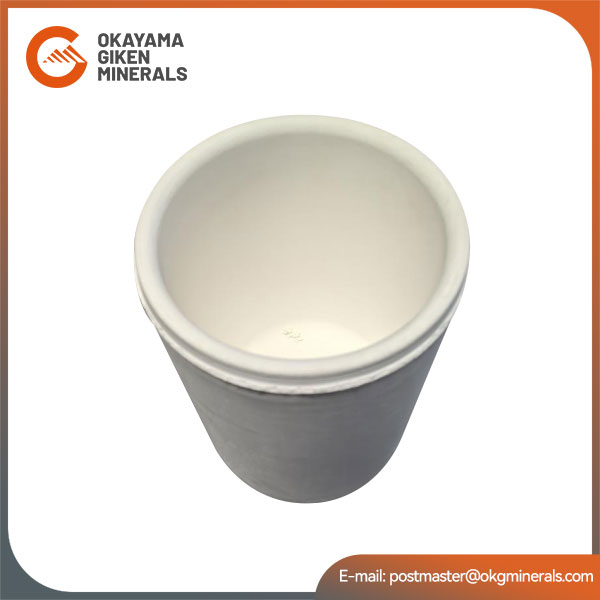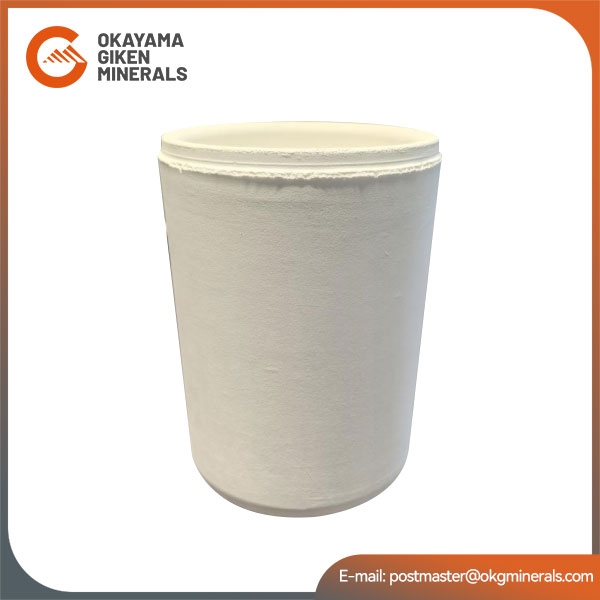
Ceramic materials are inorganic non-metallic materials made by forming and sintering natural or synthetic compounds at high temperatures.
Contents
Historical Background and Technological Development

Raw material selection: The main raw materials of ceramics come from rocks and their weathered products, clay, which are mainly composed of silicon and aluminum.
Forming: The selected raw materials are kneaded, formed, and other operations to form the desired shape. During this process, the shape of the raw materials will change, but its material composition remains unchanged.
Decoration: The formed ceramics are decorated, such as glazing, to obtain a smooth and colorful surface.
High-temperature firing: The decorated ceramics are placed in a high-temperature environment for firing. During the high-temperature firing process, the ceramic material undergoes phase change and crystallization, and finally forms a hard ceramic material.
The history of ceramics can be traced back to ancient times, when people discovered that fire could strengthen the shape of clay, making it no longer fragile and brittle, and able to store liquids. This was the earliest pottery. China laid the foundation for ceramic technology throughout the world during the Song Dynasty. Techniques including the firing of celadon, copper red glaze, Tianmu glaze, and blue and white porcelain are still widely used today. After the Industrial Revolution in the 18th century, great changes took place in ceramic technology and chemical research. The research and development of ceramic chemical raw materials and equipment made ceramic art creation and kiln firing control simpler and more convenient.
